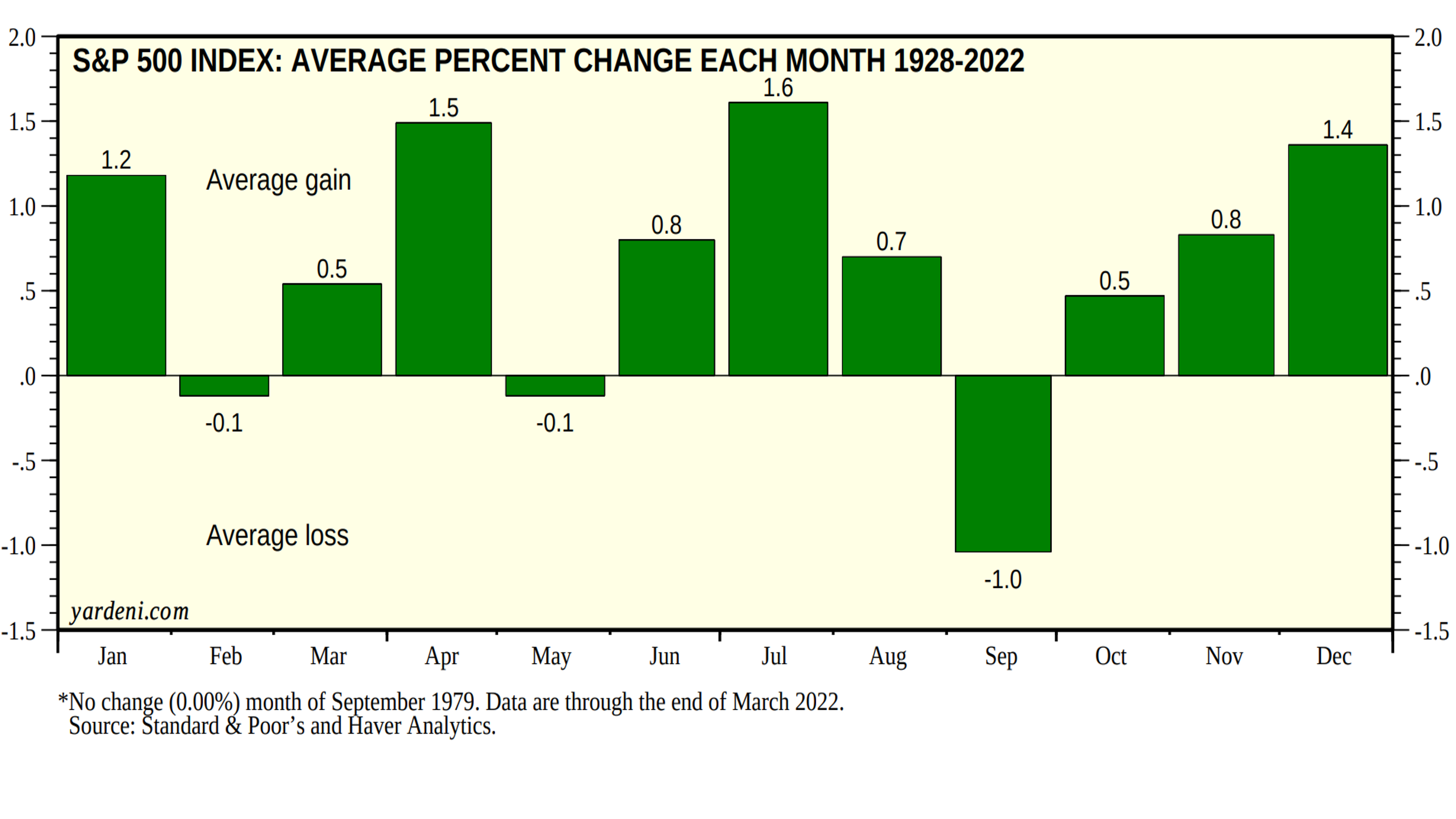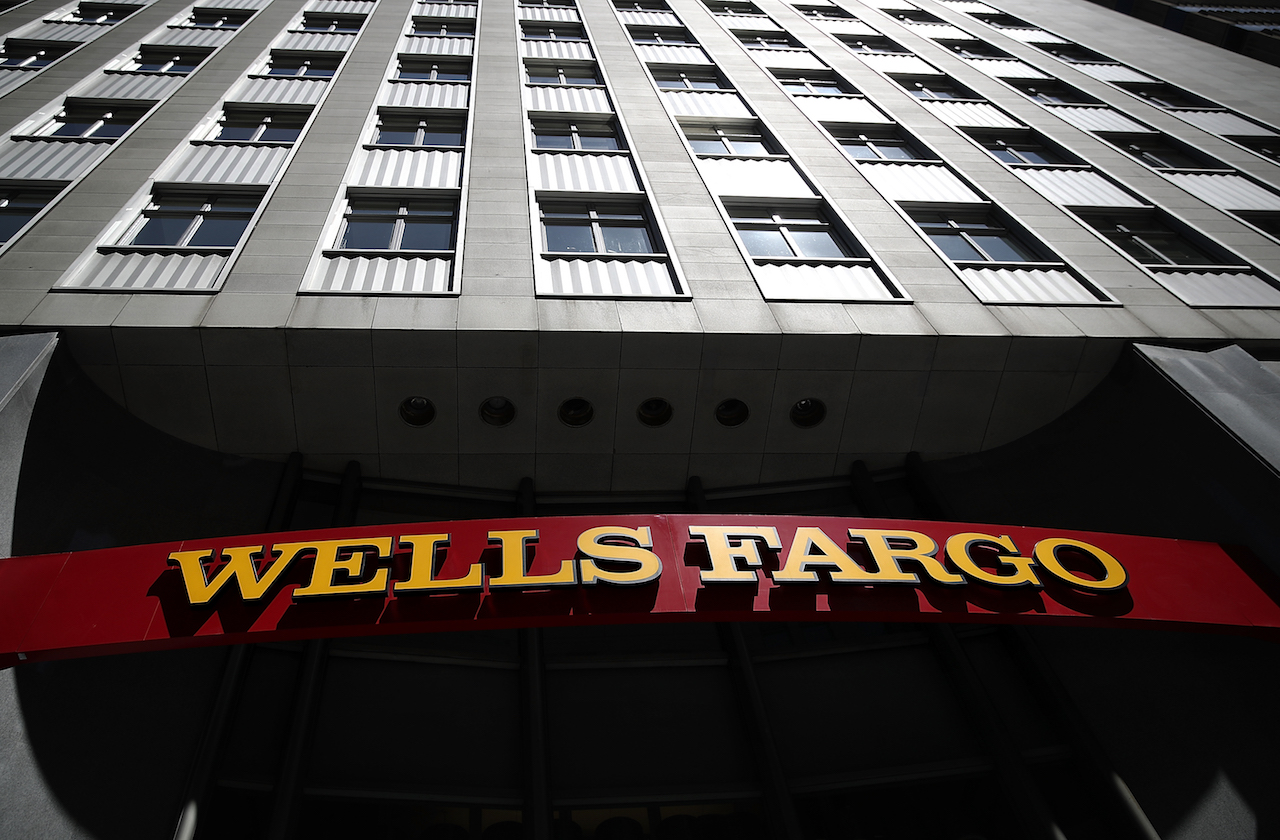Sell in May and Go Away? Here We Go Again ...
Every year, "sell in May and go away" is dragged out for show like Punxsutawney Phil. Should you follow this advice in 2022? As always, it depends.


Fretting over whether to "sell in May and go away" is one of Wall Street's most tiresome annual rituals. And over the next few days, investors and the financial media are sure to give this dubious old saw far more attention than it deserves.
Here's our contribution.
Way Back in the Day
The "sell in May" proverb is said to have originated centuries ago in England when merchants, bankers and other interested parties in London's financial district noticed that investment returns generally did worse in the summer.

Sign up for Kiplinger’s Free E-Newsletters
Profit and prosper with the best of expert advice on investing, taxes, retirement, personal finance and more - straight to your e-mail.
Profit and prosper with the best of expert advice - straight to your e-mail.
If the most profitable months of the year usually occurred when market participants weren't off in their country manors trying to escape the heat … well, apparently, that was a good enough reason to adopt "sell in May" as an investment strategy.
Incidentally, the original saying went "Sell in May and go away, and come on back on St. Leger's Day," a holiday held in mid-September. In America, it has essentially come to refer to the period between Memorial Day and Labor Day.
Getting back to the modern era: There is evidence that the stock market, on average, tends to underperform in the six-month period between May and October. However, analysts, market timers and academics who have studied the phenomenon extensively can't settle the matter conclusively one way or the other.
If they could, we wouldn't be having this discussion every year.
What strategists do tend to agree on is the answer to the question of whether investors should sell in May and go away:
It depends.
Sell in May and Go Away? Here's What the Numbers Say
Sam Stovall, chief investment strategist at CFRA Research, sums up the "Should I sell in May?" conundrum facing investors in 2022 this way:
"Some say yes, in anticipation of elevated volatility and pressure on prices from ever-rising inflation readings, interest rates and geo-political tensions. Others say no, since inflation readings likely peaked in March and the Fed’s future rate increases and quantitative tightenings have already been factored into share prices."
Stovall adds that the "strongest six months of the year," as popularized in The Stock Trader's Almanac, tells us that the price return for the S&P 500 from November through April has recorded the highest average price change of any rolling six-month period.
"Conversely, the 'sell in May' adage reminds investors that average May-through-October price returns have historically been anemic," Stovall writes.
Historical average performance can tell us only so much, of course. Past performance, as we all know too well, is not indicative of future returns.
For the record, thanks to Dr. Ed Yardeni of Yardeni Research, we do know unequivocally that the worst individual months for average stock market performance are not found exclusively in the post-May period.
Indeed, per Yardeni, since 1928, average monthly price changes for the S&P 500 are quite good during the dog days of summer.
Although May is tied with February for producing the S&P 500's second-worst average price change (-0.1%), July is actually the single best month for average price change (+1.6%). Interestingly, June and August – at +0.8% and +0.7%, respectively – both offer above-average gains. Have a look at the chart below:

In fact, only one month really stands out on a historical basis as a good one to miss. Since 1928, the S&P 500 has delivered an average price change of -1.0% in September, per Yardeni Research.
Thus, based on the historical record, investors who interpret "sell in May" as the period from Memorial Day to Labor Day are coming back a month too early.
Looking at It a Different Way
Another issue to consider before pulling the trigger on the "sell in May" strategy is that, as CFRA's Stovall reminds us, sector-level returns can diverge widely over the summer months.
For example, since 1990, the consumer staples and healthcare sectors of the S&P 500 recorded average price gains of 4.7% from May to October – a period when the overall market managed an advance of just 2.4%.
In addition to the issue of individual sectors delivering relative outperformance or underperformance over different multi-month periods of the year, there's another complicating factor particular to 2022: The election calendar.
"Midterm election years are typically the most challenging for equity investors, as the S&P posted its weakest average annual return and highest level of volatility, along with recording the only two quarterly losses within the 16-quarter presidential cycle," says Stovall.
Making matters worse, Stovall notes that in the “sell in May” months of midterm election years since 1992, the S&P 500 lost an average of 3.4%, while declining nearly 40% of the time.
Most of Us Should Just Stay
The great bulk of retail investors are likely best served by simply leaving their allocations alone.
The pros get judged on every basis point of return they can squeeze out of their holdings. But for us regular folks, portfolio churning – even in the age of commission-free trades – can still take its toll, be it in the form of opportunity cost or emotional stress.
Like most Wall Street sayings that encourage clients to trade, long-term investors would do well to ignore the "sell in May" chatter. Leave the tactical moves to the tacticians and trust your plan.
Something tells us Warren Buffett isn't sweating "sell in May" right now.
Get Kiplinger Today newsletter — free
Profit and prosper with the best of Kiplinger's advice on investing, taxes, retirement, personal finance and much more. Delivered daily. Enter your email in the box and click Sign Me Up.

Dan Burrows is Kiplinger's senior investing writer, having joined the publication full time in 2016.
A long-time financial journalist, Dan is a veteran of MarketWatch, CBS MoneyWatch, SmartMoney, InvestorPlace, DailyFinance and other tier 1 national publications. He has written for The Wall Street Journal, Bloomberg and Consumer Reports and his stories have appeared in the New York Daily News, the San Jose Mercury News and Investor's Business Daily, among many other outlets. As a senior writer at AOL's DailyFinance, Dan reported market news from the floor of the New York Stock Exchange.
Once upon a time – before his days as a financial reporter and assistant financial editor at legendary fashion trade paper Women's Wear Daily – Dan worked for Spy magazine, scribbled away at Time Inc. and contributed to Maxim magazine back when lad mags were a thing. He's also written for Esquire magazine's Dubious Achievements Awards.
In his current role at Kiplinger, Dan writes about markets and macroeconomics.
Dan holds a bachelor's degree from Oberlin College and a master's degree from Columbia University.
Disclosure: Dan does not trade individual stocks or securities. He is eternally long the U.S equity market, primarily through tax-advantaged accounts.
-
 Stock Market Today: Trump Retreats, Markets Rejoice
Stock Market Today: Trump Retreats, Markets RejoiceStocks rally, yields soften, the dollar rises, and even beaten-down names enjoy the wages of potential trade peace.
By David Dittman
-
 In Trump’s Economy Should 401(k) Savers 'Set It and Forget It?'
In Trump’s Economy Should 401(k) Savers 'Set It and Forget It?'It’s hard to bury your head in the sand when the markets are volatile. Here’s when it makes sense and when it doesn’t.
By Donna Fuscaldo
-
 Fed Leaves Rates Unchanged: What the Experts Are Saying
Fed Leaves Rates Unchanged: What the Experts Are SayingFederal Reserve As widely expected, the Federal Open Market Committee took a 'wait-and-see' approach toward borrowing costs.
By Dan Burrows
-
 Why Wells Fargo's Revenue Miss Isn't Worrying Wall Street
Why Wells Fargo's Revenue Miss Isn't Worrying Wall StreetWells Fargo is one of the best S&P 500 stocks Wednesday even after the big bank's top-line miss. Here's what you need to know.
By Joey Solitro
-
 Constellation Energy Stock Soars on Its $26 Billion Buy. Here's Why Wall Street Likes the Deal
Constellation Energy Stock Soars on Its $26 Billion Buy. Here's Why Wall Street Likes the DealConstellation Energy is one of the best S&P 500 stocks Friday after the utility said it will buy Calpine in a cash-and-stock deal valued at $26 billion.
By Joey Solitro
-
 Fed Sees Fewer Rate Cuts in 2025: What the Experts Are Saying
Fed Sees Fewer Rate Cuts in 2025: What the Experts Are SayingFederal Reserve The Federal Reserve cut interest rates as expected, but the future path of borrowing costs became more opaque.
By Dan Burrows
-
 What Scott Bessent's Treasury Secretary Nomination Means for Investors
What Scott Bessent's Treasury Secretary Nomination Means for InvestorsMarkets are reacting positively to Trump's nomination of Scott Bessent for Treasury secretary. Here's why.
By Joey Solitro
-
 TJX Stock: Wall Street Stays Bullish After Earnings
TJX Stock: Wall Street Stays Bullish After EarningsTJX stock is trading lower Wednesday despite the TJ Maxx owner's beat-and-raise quarter, but analysts aren't worried. Here's why.
By Joey Solitro
-
 Cisco Stock: Why Wall Street Is Bullish After Earnings
Cisco Stock: Why Wall Street Is Bullish After EarningsCisco stock is lower Thursday despite the tech giant's beat-and-raise quarter, but analysts aren't concerned. Here's what you need to know.
By Joey Solitro
-
 Why Is Warren Buffett Selling So Much Stock?
Why Is Warren Buffett Selling So Much Stock?Berkshire Hathaway is dumping equities, hoarding cash and making market participants nervous.
By Dan Burrows